2017 has been a precarious year inundated with challenges for unicorn startups. Whether it be legal lawsuits, executives departures, or valuation markdowns from IPOs, startups have struggled to generate returns for investors. Among 2017’s most disastrous failures, Jawbone tops this list after filing for liquidation in July. Referred to as the ‘Second Costliest VC-Backed Startup Death Ever,’ Jawbone is the highest-funded unicorn failure within the consumer electronic startups sector, second only to Solyndra’s (solar panel manufacturer) costly death in 2011.
Jawbone, over its 18 year existence, received 16 financing rounds worth $929.9 million. $542 million came from VCs. Initially named “AliphCom,” Jawbone produced Bluetooth headsets and wireless speakers that were among America’s favorite consumer electronics. Even in 2015, this unicorn was a private startup with only 3 product lines: headsets, wireless speakers, and health wearables.
A closer look at its fundraising history revealed that in total, Jawbone raised $500 million in equity and $400 million in debt from notable VCs including Silver Lake and Kleiner Perkins Caufield. Evidently, Jawbone’s fundraising rounds portrayed a bloated valuation that didn’t reflect its revenue earnings. For instance, in July 2007, Khosla Ventures invested $5 million in Jawbone’s Series A. This was followed by Sequoia Capital’s $30 million Series B in 2008, despite Jawbone’s seed funding of $800,000 just 8 month before in 2006. From 2011 to 2014, Jawbone received investments from Andreessen Horowitz of $49 million, JP Morgan of $70 million, and Rizvi Traverse Management of $147 million. This put Jawbone’s valuation at its highest of $3.22 billion in 2014. Subsequently in 2015, Jawbone received $300 million in debt financing from BlackRock before receiving its last $165 million investment from Kuwait Investment Authority in 2016. At the time of Kuwait Fund’s investment, Jawbone’s valuation was $1.5 billion, a 55% markdown from its 2014 valuation.
With $929.9 million in funding, why did this unicorn collapse? In December 2015, BlackRock marked down Jawbone’s shares by 69% after 15% of its employees were laid off. Jawbone struggled with missing payments, poor inventory management, and no customer service in 2016, despite consumers requesting refunds from manufacturing problems. Besides these failures, there were two primary reasons behind Jawbone’s death: over-funding and competition.
Jawbone was “crushed by the weight of their venture capital,” burning through investors’ money as its high valuations lured new investors. This vicious cycle perpetuated an inflated valuation, which made it hard for investors to exit as they waited for Jawbone’s valuation to increase. Funds pressured Jawbone to penetrate new markets until eventually in 2011, Jawbone shifted from headsets to health wearables. Unfortunately, Jawbone’s UP Wristbands’ low quality kept its market share below 5%, unable to compete with Fitbit and other rivals like Samsung and Xiaomi. Jawbone now relies on winning lawsuits against Fitbit to repay its creditors.
Thus, as Jawbone goes into bankruptcy, it’s clear that investors will have their equity stakes rendered almost worthless. BlackRock and Rizvi Fund fortunately held senior liquidation preference due to their debt financing, and hence hope to realize some recovery as Jawbone sells its assets. If Jawbone had raised less money and therefore had lower valuations, it would’ve been a great M&A target and would have avoided this liquidation crisis. Moreover, funds should not invest in unicorns simply due to a good deal from lower valuations, as the Kuwait Fund did in 2016. Likewise, investors should not rely solely on companies’ valuations or fundraising amounts to evaluate investment attractiveness, especially when businesses have unproven products. If Jawbone had focused on its headsets and speakers, would it have failed? Should sovereign wealth funds, like the Kuwait Fund, continue investing in startups? What is the optimal tradeoff between pivoting to new product lines versus improving an existing portfolio? As the investment community reflects on these questions and the lessons learned from Jawbone’s failure, one can only hope that these tragic unicorn deaths won’t repeat themselves in the future.

